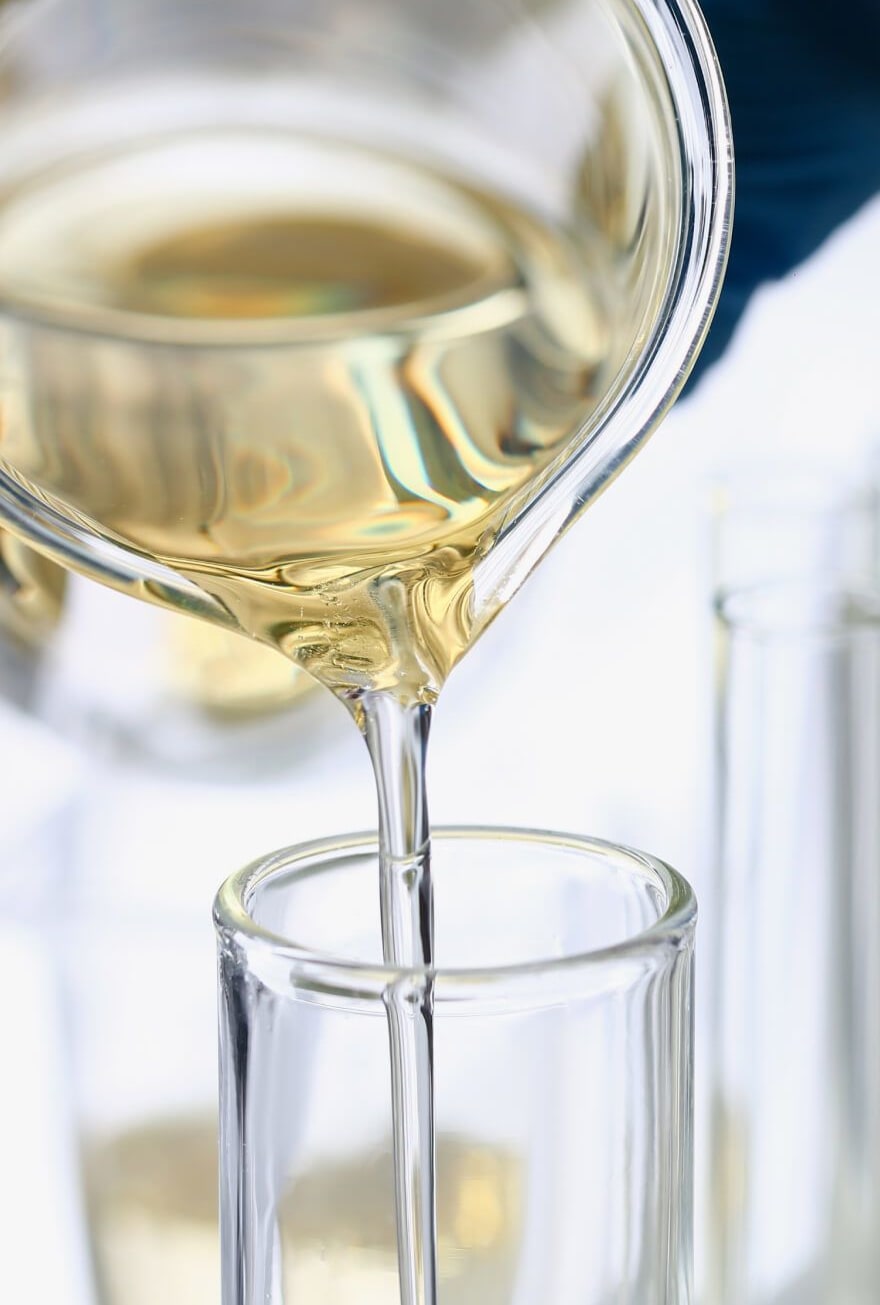Knowde Enhanced TDS
Identification & Functionality
- Chemical Family
- Chemical Name
- Agrochemical Functions
- Cleaning Ingredients Functions
- Industrial Additives Functions
- CAS No.
- 66455-14-9
- EC No.
- 500-165-3
- Product Families
Features & Benefits
- Labeling Claims
- Agrochemicals Features
- HII Features
- Functional Properties
- Solubilizer
- Emulsification
- Moderate foam production
- Detergent
- Excellent wetting agents
- Can be used in conjunction with anionic, amphoteric and cationic surfactants
- Biodegradability
The BIO-SOFT N23 Series products are readily biodegradable.
- Product Benefits
- Preservative Free
Applications & Uses
- Applications
- Applicable Processes
- Home Care Applications
- I&I Cleaning Applications
- Industrial Additives End Use
- Applications
The BIO-SOFT N23 series is a line of high active nonionic surfactants. The BIO-SOFT N23 series products are stable in both aqueous acidic and alkaline solutions, allowing for application in a wide range of products. The alcohol ethoxylates containing between one and five moles of ethoxylation are primarily useful in oil-based systems.
- End Product Uses
- Laundry products
- Rug cleaners
- Hard surface cleaners
- Paints
- Low foam machine cleaning
- Hand dishwashing pre-soaks
- Pesticides
- I&I cleaners
- Textiles (BIO-SOFT N23-3 only)
Properties
- Formulation Type
- Physical Form
- Appearance
- Hazy liquid (at 25°C)
- Typical Properties
| Value | Units | Test Method / Conditions | |
| Actives Content | min. 99.5 | % | — |
| Average Number of Moles (Ethylene oxide) | 6 | — | — |
| Cloud Point (in 1% aqueous solution) | max. 25 | °C | — |
| Color | 10 | — | Apha Scale |
| Density | 0.98 | g/ml | — |
| Flash Point | min. 94 | °C | PMCC Flash Point Tester |
| HLB | 10.6 | — | — |
| pH (in 1% aqueous) | 7 | — | — |
| Pour Point | 5 | °C | — |
| Regulated Volatile Organic Chemicals | 0 | % | U.S. EPA |
| Viscosity (at 38°C) | 30 | cPs | — |
Regulatory & Compliance
- Certifications & Compliance
- Chemical Inventories
- Clearances
The international inventories (country clearances) of the BIO-SOFT N23 Series products can be found in Section 15 of the Safety Data Sheet (SDS). It is the responsibility of the formulator to review the chemical control regulations for each country where the end-product is intended to be sold or used.
Safety & Health
- Health Effects
The BIO-SOFT N23 Series products are slightly toxic orally (LD₅₀ ≥1040mg/kg). Undiluted the BIO-SOFT N23 Series products are severe skin and eye irritants while a 1% dilution generally causes slight to mild skin irritation. A detailed mammalian toxicity statement is available upon request.
Packaging & Availability
- Standard Packaging
BIO-SOFT N23 Series products are available in drums and bulk quantities.
Storage & Handling
- Storage & Handling
- Normal safety precautions (e.g., gloves and safety goggles) should be employed when handling BIO-SOFT N23 Series products. Contact with eyes, nose or prolonged contact with skin should be avoided. Wash thoroughly after handling BIO-SOFT N23 Series products. See SDS for more information.
- While diluting the BIO-SOFT N23 Series products, as with all alcohol ethoxylates, they are prone to gelling. If the product is diluted into water, heating may be required to minimize or eliminate gel formation.
- It is recommended that the BIO-SOFT N23 Series products be stored in sealed containers and kept in a cool, dry place. If the products are frozen, they should be heated gently and stirred to ensure they are homogeneous before use.
- Workplace Exposure
Occupational exposure can occur primarily through skin contact or via inhalation of vapors and mists. Engineering controls, personal protective equipment, and other workplace practices should be used to control these exposures. See SDS for more information.

